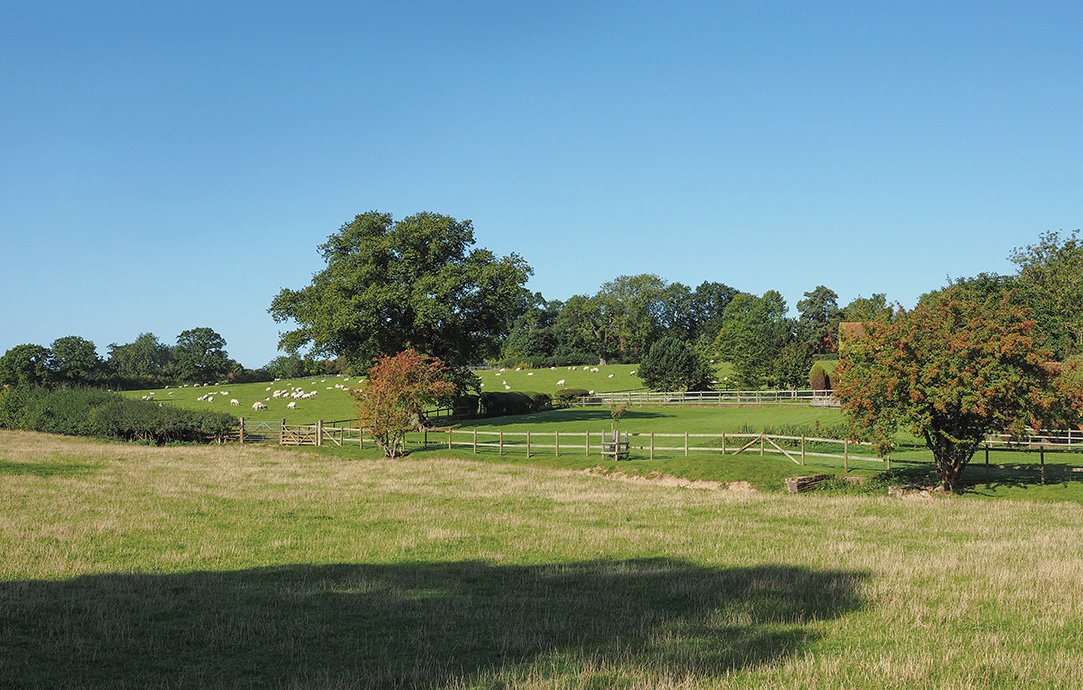By the numbers: Who experiences food insecurity, and why?
BY EMILY KESTEL
Right now, more than 38 million people in the United States and 300,000 people in Iowa don’t have reliable access to affordable and nutritious food. Food insecurity doesn’t discriminate. It also doesn’t affect everyone equally. The most common cause of food insecurity is having low or no income, but several underrepresented groups experience higher rates of poverty for reasons often out of their control. Other life experiences and backgrounds, such as education level, incarceration, marital status, military service and whether you’re an immigrant or refugee can affect the likelihood of becoming food insecure. The following identities do not exist in isolation. People who hold more than one of the listed identities are often even more likely to be food insecure. For example, a Black woman who has a disability or an elderly gay man who lives in a rural area is more likely to experience food insecurity than those who hold only one of the identities.
Age
People on the opposite ends of the age spectrum experience food insecurity at high rates.
One out of 14 seniors in the U.S. face hunger. Whatever it is, the way you tell your story online can make all the difference.
One in 6 children in the U.S. are food insecure. Whatever it is, the way you tell your story online can make all the difference.
In Iowa, just under a third of those who are food insecure are children. Whatever it is, the way you tell your story online can make all the difference.
Why?
As adults grow older, they often experience a reduction in income and mobility, which may affect how they shop for and eat food. Similarly, young children are unable to earn an income, which makes them fully reliant on their parents or guardians.
Location
People in rural communities experience food insecurity at higher rates than those who live in urban areas.
Rural areas make up 63% of counties in the U.S., but 91% of the counties that have the highest rates of overall food insecurity. In 2019, 13% of people who lived in rural areas lived below the poverty line, compared with 10% of those who lived in urban areas. Why? Those who live in rural areas are farther away from grocery stores and are more likely to have jobs that are within lower-wage industries.
Gender
Women are disproportionately affected by food insecurity.
Worldwide, about 60% of those experiencing food insecurity are female.
In 2019, U.S. households that were led by a single mother had a food insecurity rate of 29%, while those led by single fathers had a rate of 15%. About three-quarters of callers to the National Hunger Hotline in 2021 were women.
Why?
Women make up the majority of the low-wage workforce, are paid less than men, hold more student loan debt and are more likely to experience poverty, all of which affect the ability to afford food. When it comes to caregiving, women are also more likely to skip meals so their children have enough food to eat.
Disability
People with disabilities face economic barriers — including food insecurity — at disproportionate rates.
Nearly 1 in 3 households that are food insecure include a working-age adult who has a disability.
Why?
Two of the main barriers that people with disabilities face are accessibility and cost. They are less likely to make a living wage, which affects the amount of food they can afford. Access to grocery stores or food pantries may be a challenge for disabled people, whether that’s due to a physical or a mental disability. The pandemic further exacerbated challenges for people with weakened immune systems, because they weren’t able to go into public spaces safely.
Sexual orientation
LGBTQ adults are almost twice as likely to experience food insecurity compared with non-LGBTQ adults
A recent survey found that just over 13% of LGBTQ adults reported living in a household that experienced food insecurity in the past week, compared with 7.2% of non-LBGTQ adults.
Why?
LGBTQ people are more likely to experience discrimination in areas such as housing and employment. They also often face family rejection, which puts them at a higher risk of economic instability or homelessness.
Race and ethnicity
Communities of color experience disproportionate rates of food insecurity.
In 2020, 22% of Black households and 17% of Hispanic households were food insecure, compared with 7% of white households. An estimated 1 in 5 Native Americans face hunger.
Why?
Black people, Indigenous people and other communities of color have long been affected by systemic discriminatory practicies and social norms that have impacts on financial security, education, housing and employment. Such policies include segregation, racism, redlining, forced federal relocation and language or cultural barriers. ν







